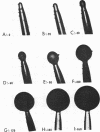Abstract
During the development of the sporangiophore of the fungus Phycomyces blakesleeanus there occurs a period of several hours when the sporangiophore does not elongate; instead, its “growth” is diverted into the formation of a sporangium at its top. This period of head formation is called stage II. Clearly, growth has not ceased but rather the geometry of the growing area has changed from that of a cylinder to a sphere. The growing sphere is found to have properties similar to the stage IV growing zone in that it functions as a sensory receptor and effector. The growing sporangium responds to both light (light head response) and humidity (wet head response). A model is presented giving a possible mechanism by which the ultimate size of the sporangium is regulated.
Full text
PDF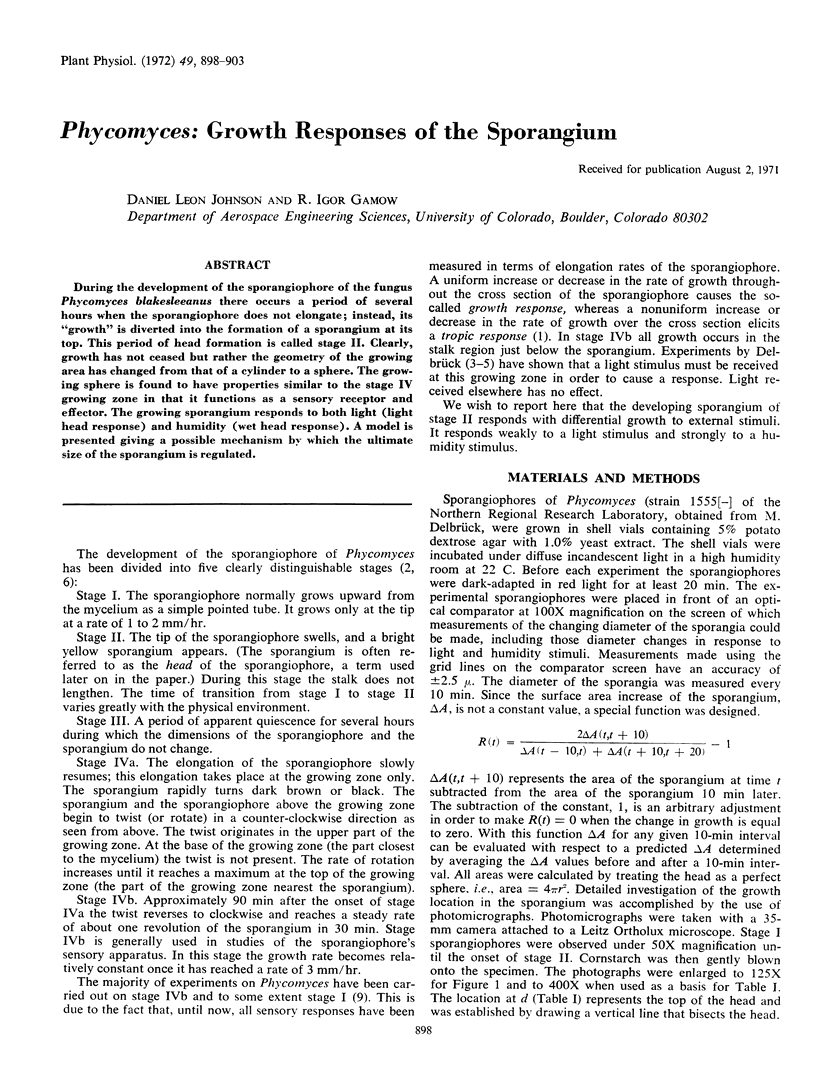
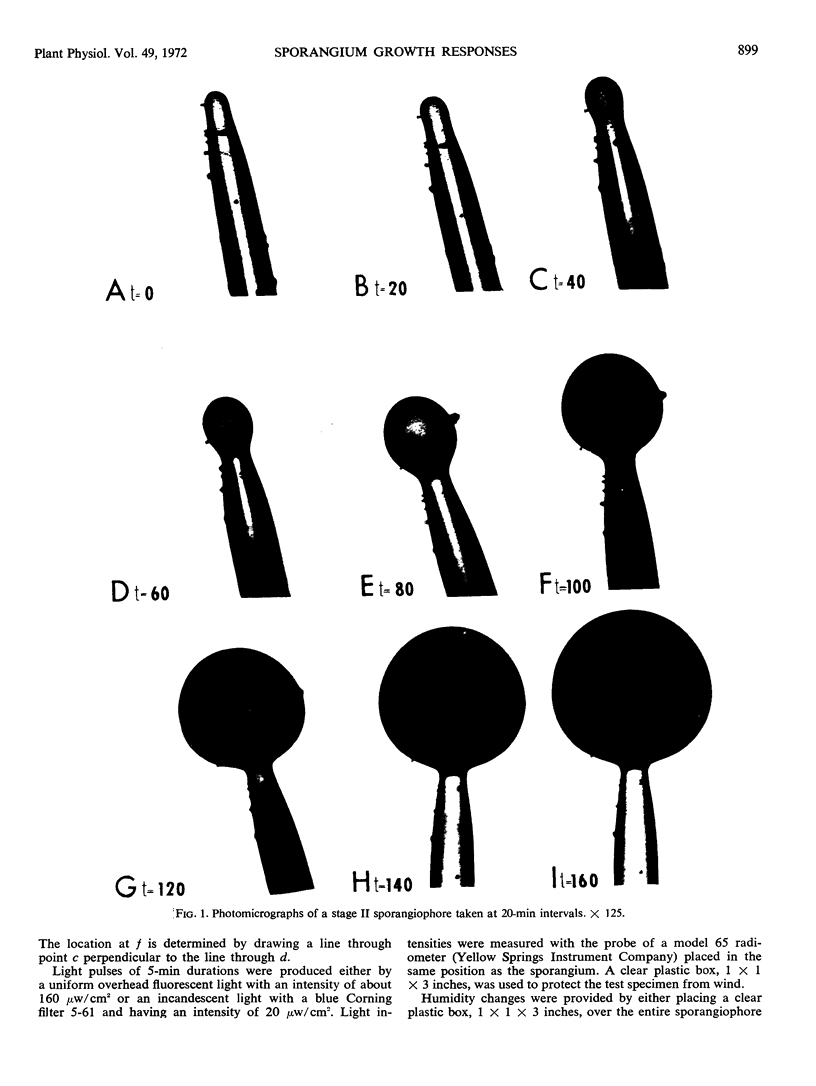
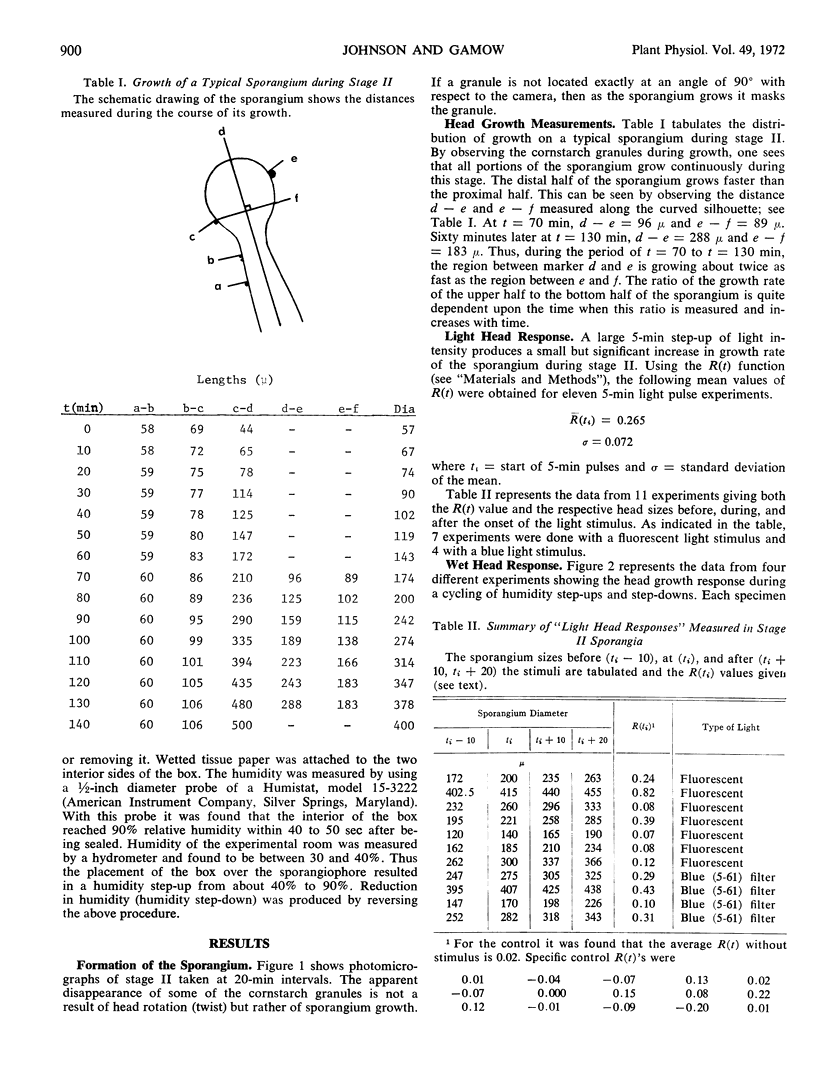
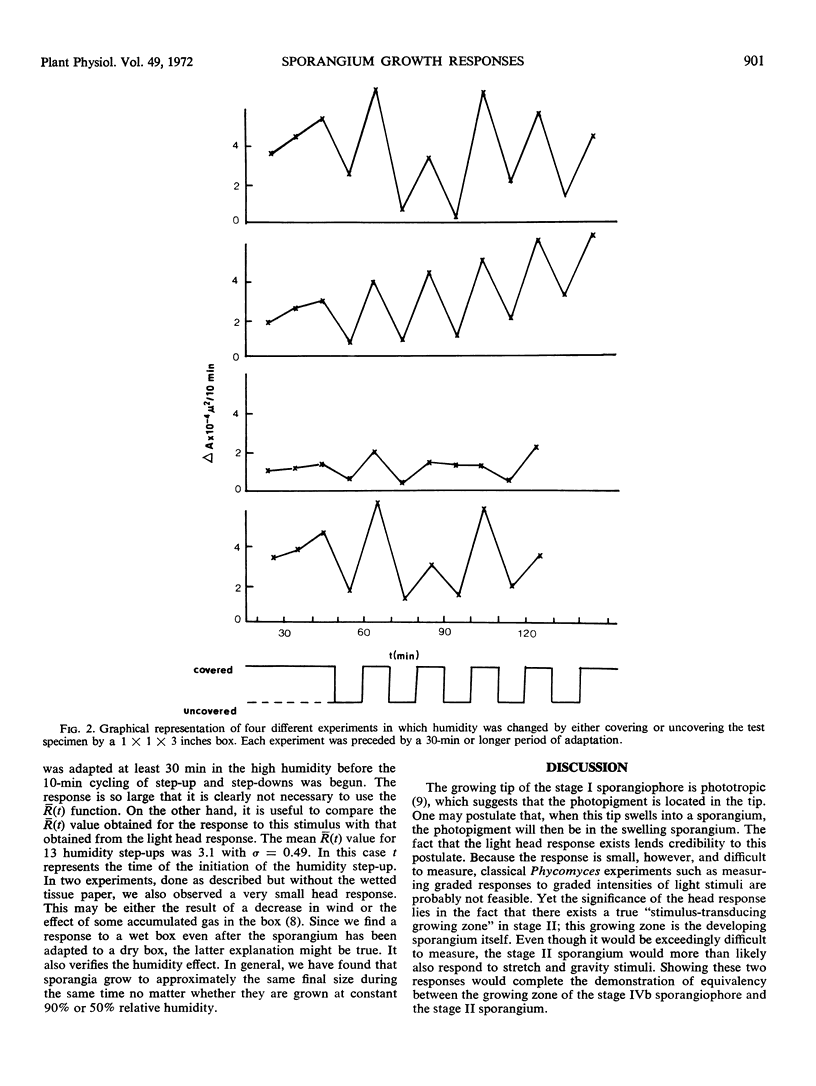

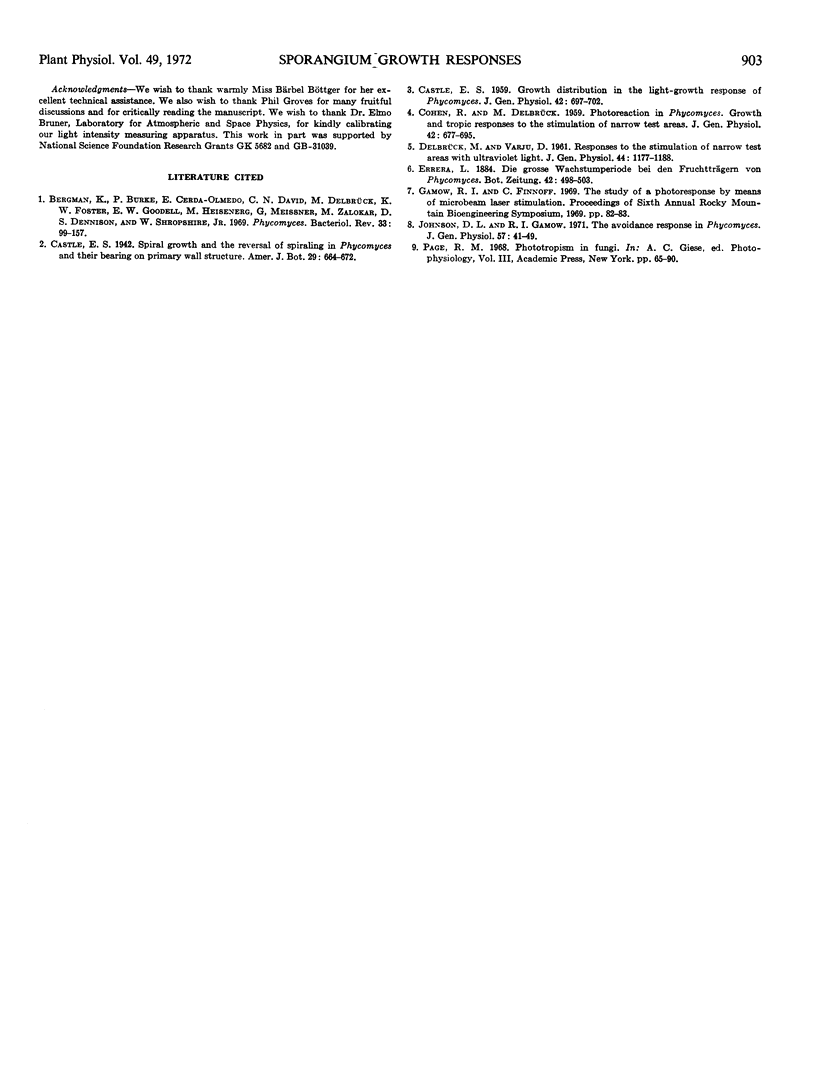
Images in this article
Selected References
These references are in PubMed. This may not be the complete list of references from this article.
- Bergman K., Burke P. V., Cerdá-Olmedo E., David C. N., Delbrück M., Foster K. W., Goodell E. W., Heisenberg M., Meissner G., Zalokar M. Phycomyces. Bacteriol Rev. 1969 Mar;33(1):99–157. doi: 10.1128/br.33.1.99-157.1969. [DOI] [PMC free article] [PubMed] [Google Scholar]
- CASTLE E. S. Growth distribution in the light-growth response of Phycomyces. J Gen Physiol. 1959 Mar 20;42(4):697–702. doi: 10.1085/jgp.42.4.697. [DOI] [PMC free article] [PubMed] [Google Scholar]
- Johnson D. L., Gamow R. I. The avoidance response in Phycomyces. J Gen Physiol. 1971 Jan;57(1):41–49. doi: 10.1085/jgp.57.1.41. [DOI] [PMC free article] [PubMed] [Google Scholar]



